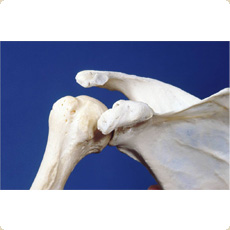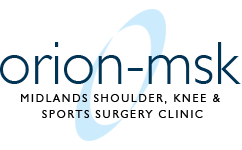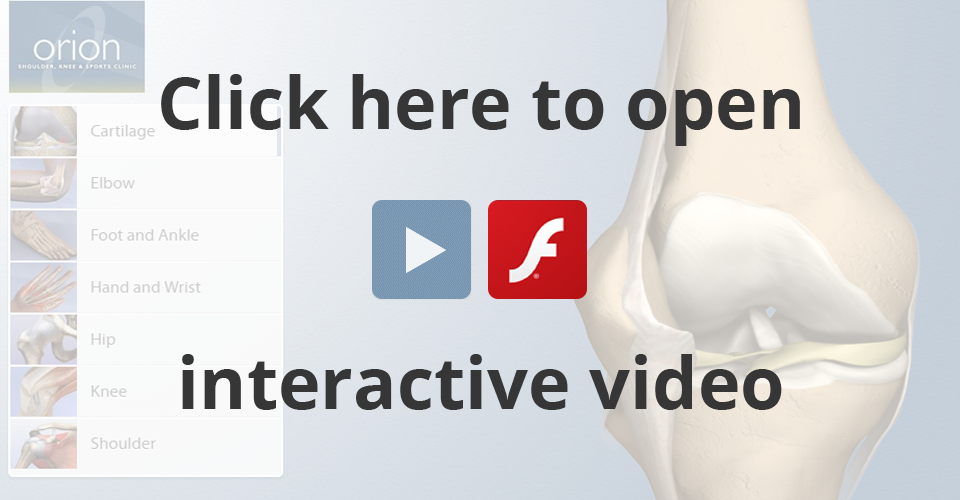Shoulder Surgery Overview
The shoulder girdle comprises the main shoulder joint (the glenohumeral joint), the acromioclavicular joint and the scapulothoracic joint (articulation of the shoulder blade with the chest wall).
The main ball and socket joint of the glenohumeral joint can be likened to a golf ball sitting on a tee. This is a relatively unstable joint which is made stable by static as well as dynamic restraints. The static restraints include the labrum, the bony orientations of ball and socket joint as well as various ligaments (glenohumeral ligaments). The labrum is a cartilaginous ring that is attached to the periphery of the bony socket. This converts the relatively flat surface to a concave saucer. The labrum is prone to injury and if torn can result in shoulder instability. In addition the various glenohumeral ligaments can be injured and can contribute significantly to shoulder instability. The dynamic restraints of the glenohumeral joint include a group of muscles known as the rotator group of muscles. These muscles help keep the humeral head well centred in the socket. The rotator cuff group of muscles lie in a space known as a subacromial space. The roof of which is formed by the under surface of the acromion and the coracoacromial ligament. A variety of conditions can result in a reduction in this space, which causes impingement of these tendons a condition we know as rotator cuff impingement.
The joint between the outer end of the collarbone (clavicle) and the acromion (the forward process from the shoulder blade) is known as the acromioclavicular joint. The acromioclavicular joint is prone to injury through trauma which can result in AC joint subluxation or dislocation and degenerative conditions such as arthritis.
Patients presenting with shoulder problems often complain of pain, lack of movement (stiffness), difficulty with overhead activities, the inability to sleep, instability of the shoulder joint and reduced function. Details of the various shoulder problems can be obtained by clicking on the various headings. By clicking the video link you can see how some of these conditions can be dealt with surgically.

Shoulder Joint
Documentation
Pre-op Information PackShoulder Physio Protocols
- Arthroscopic Bankart Repair/Mini Open Bankart/Arthroscopic SLAP Repair: Rehabilitation Protocol
- Copeland Shoulder – Resurfacing Arthroplasty: Rehabilitation Protocol
- Arthroscopic Subacromial decompression and/or AC joint excision (partial/no cuff tear): Rehabilitation Protocol 1
- Arthroscopic Acromioplasty (Sub Acromial Decompression) with Rotator Cuff Repair (small/medium tears): Rehabilitation Protocol 2
- Open Acromioplasty ( Sub Acromial Decompression) with Rotator Cuff Repair (large tears): Rehabilitation Protocol 3
- Reverse shoulder replacement (delta3): Rehabilitation Protocol
- Manipulation under anaesthesia and/or Arthroscopic Capsular release of shoulder joint: Rehabilitation Protocol
Contact Us Directly
Sarah Morris, Secretary to Mr PimpalnerkarReferral forms to download:

